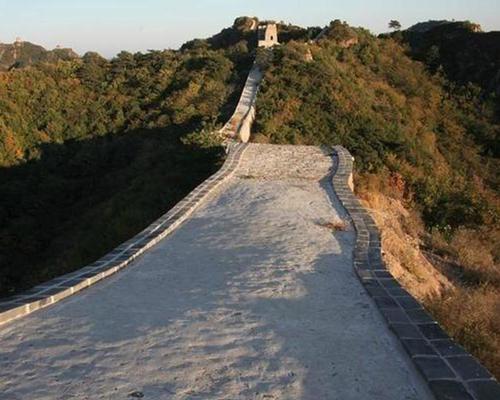23 Sep 2016
Heritage officials blasted after concreting over section of China's Great Wall
BY Tom Anstey

Chinese heritage officials have come under scrutiny after repairs to a five-mile (8km) stretch of the Great Wall of China left the ancient structure resembling a smoothed concrete path.
The Liaoning Provincial Antiquities Bureau says it approved the concrete in order to repair and protect the wall, claiming that the “ugly repair job” was essential to protect the Unesco World Heritage site from the elements.
The work on the 635-year-old section of the Great Wall in Hebei province was carried out in 2014, according to the Bureau, but had only come to light after going viral on Chinese social media platform Webo.
In January, the Chinese government announced a five-year plan to better-protect and preserve the Great Wall of China.
Many parts of the wall have entered a state of disrepair, having been used by nearby villagers – particularly in the 20th century – as a source of stones to rebuild houses and roads, while much of the wall has been lost to tourists illegally taking pieces as souvenirs. Parts have also been demolished to make way for various construction works.
Inner Mongolia is home to the longest and most historically important stretch of the Great Wall, spanning 11 different periods in Chinese history dating back to fourth century BC. The regional government of Inner Mongolia wants to restore the most-damaged sections of the wall by 2020, placing priority on those with the greatest historical significance.
A 2012 report by the State Administration of Cultural Heritage stated that 22 per cent of the original Ming Great Wall has disappeared, while 1,961km (1,219m) of the overall wall has been lost. Natural elements are also an issue with erosion a constant threat in some parts due to sandstorms. Many western sections of the wall are constructed from mud, rather than brick and stone, meaning they are also susceptible to erosion.
Close Window